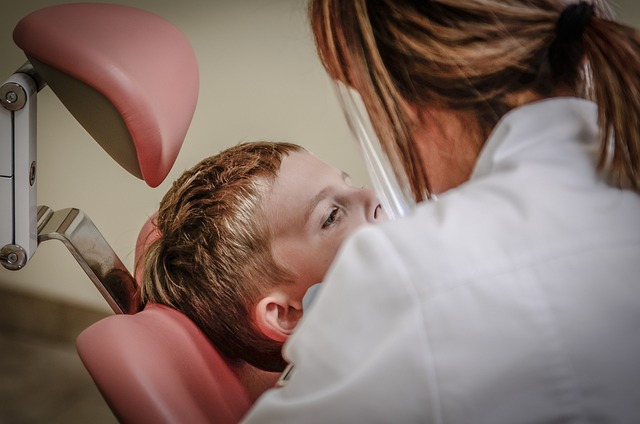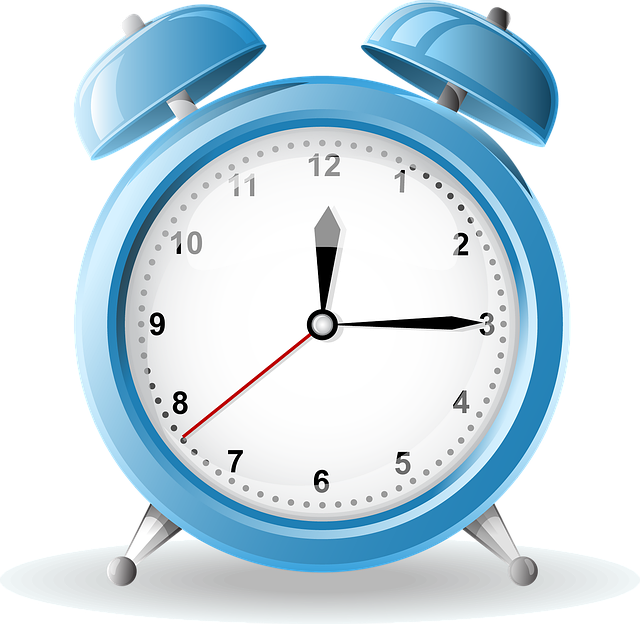Automated patient reminders via SMS, email, or calls are transforming healthcare by addressing no-show appointments, a significant operational challenge. These technology solutions improve attendance, reduce wait times, and optimize resource allocation. By leveraging familiar communication channels and personalizing messages, automated reminders enhance patient accountability and clinic management efficiency. Implementable features include flexible delivery options, data-driven adjustments, and timely follow-ups to maximize effectiveness while minimizing annoyance. Measuring success through attendance rates and trends, healthcare providers can significantly improve overall operational efficiency.
In the digital age, patient no-shows remain a significant challenge for healthcare providers. This article explores the power of technology-driven solutions, focusing on automated patient reminders sent via SMS, email, and calls. By understanding the causes and impact of no-shows, we’ll delve into how these automated systems can reduce absenteeism and improve attendance rates. We’ll cover best practices for implementation, effective delivery, and tracking success through automation, providing a comprehensive guide to enhancing healthcare access.
- Understanding Patient No-Shows: Causes and Impact
- The Role of Automated Reminders in Reducing Absenteeism
- Benefits of SMS, Email, and Phone Call Reminders
- Implementing Automated Patient Reminder Systems
- Best Practices for Effective Reminder Delivery
- Measuring Success: Tracking Attendance Rates with Automation
Understanding Patient No-Shows: Causes and Impact

Patient no-shows, or missed appointments, are a significant challenge in healthcare settings, impacting both patient care and operational efficiency. Various factors contribute to this issue, such as forgetfulness, scheduling conflicts, transportation difficulties, and a lack of personal commitment. No-shows can lead to increased wait times for patients who do arrive, potentially affecting their treatment outcomes and overall satisfaction. Moreover, they result in wasted resources for healthcare providers, including staff time, equipment usage, and revenue loss due to unbillable services.
Understanding these causes is crucial for developing effective strategies like automated patient reminders through SMS, email, or calls. These technology-driven solutions aim to mitigate no-shows by ensuring patients receive timely notifications, fostering a sense of accountability and encouraging proactive participation in their healthcare management. By implementing robust reminder systems, medical attendance boost can be achieved, leading to improved operational smoothness and better utilization of healthcare services.
The Role of Automated Reminders in Reducing Absenteeism

Automated patient reminders have emerged as a powerful tool to combat absenteeism and improve overall attendance rates in healthcare settings. These sophisticated systems send timely notifications via SMS, email, or phone calls, ensuring patients are reminded of their upcoming appointments, tests, or follow-up care. By automating this process, healthcare providers can significantly reduce the instances of no-shows, which not only benefits individual patients but also contributes to more efficient resource allocation within clinics and hospitals.
The effectiveness of automated reminders lies in their ability to reach patients through familiar communication channels they likely check regularly. This direct approach increases the likelihood of patients remembering their appointments and arriving on time. Moreover, these tools can be customized to suit various patient demographics and preferences, making them versatile and adaptable for different healthcare scenarios, including clinic reminder automation, no-show prevention strategies, and enhancing healthcare scheduling reminders.
Benefits of SMS, Email, and Phone Call Reminders

Automated patient reminders through SMS, email, and phone calls offer significant advantages for healthcare providers and patients alike. These technology-driven solutions are highly effective in reducing patient no-shows, a persistent issue that can negatively impact both individual appointments and clinic schedules. By leveraging these communication channels, healthcare facilities can deliver timely notifications, ensuring patients remember their appointments and arrive on time.
Moreover, reminder services enhance overall attendance rates, fostering better management of medical resources. With efficient clinic reminder automation, practices can optimize their capacity, reduce wait times, and improve patient satisfaction. This not only creates a smoother operational flow but also enables healthcare providers to focus more intently on delivering quality care to each patient.
Implementing Automated Patient Reminder Systems

Implementing automated patient reminder systems is a strategic move for healthcare providers to enhance patient engagement and reduce no-shows. These sophisticated tools utilize technology to send personalized SMS, email, or phone calls as healthcare scheduling reminders, ensuring patients stay informed about their appointments. By automating this process, healthcare facilities can free up administrative resources that were previously dedicated to manual reminder systems.
Automated patient reminders have been proven to significantly improve attendance rates by leveraging timely communication. Reminder call services or clinic reminder automation tools can be customized to send out alerts days or even weeks in advance, considering various patient preferences and scheduling constraints. This proactive approach not only benefits healthcare providers by streamlining their operations but also fosters a sense of accountability among patients, encouraging them to prioritize their appointments.
Best Practices for Effective Reminder Delivery

To maximize the impact of automated patient reminders, several best practices should be implemented. First, clinic reminder automation platforms should offer flexible delivery options, allowing messages to be sent via SMS, email, or phone calls based on patient preference and accessibility. Personalized content tailored to each patient’s needs can significantly enhance engagement. For instance, sending SMS reminders with a simple “Your appointment is tomorrow at 3 PM” works best, while emails could include more details like the location and what to expect during the visit.
Additionally, no-show prevention tools should leverage data analytics to identify patterns in patient no-shows and adjust reminder strategies accordingly. Implementing dynamic scheduling adjustments based on historical attendance data can help optimize resource allocation. Reminders should be timely but not excessively frequent to avoid annoyance. Studies show that sending reminders 24–48 hours before the appointment, with a follow-up call if no response is received, results in a medical attendance boost. This balanced approach ensures patients receive crucial notifications without being overwhelmed by excessive messaging.
Measuring Success: Tracking Attendance Rates with Automation

Measuring success is integral to any effective patient engagement strategy, and automated patient reminders excel in providing tangible data on attendance rates. By integrating clinic reminder automation into healthcare scheduling, practices can track no-show trends with precision. These systems automatically send out SMS, email, or call reminders, ensuring patients are notified well in advance of their appointments.
With this automation, healthcare providers gain valuable insights into patient behavior and the effectiveness of their reminder services. Accurate tracking allows for data-driven decisions, identifying patterns, and optimizing scheduling to reduce no-shows. A reliable reminder call service or automated healthcare scheduling reminders can significantly improve overall attendance rates, benefiting both patients and medical facilities.
